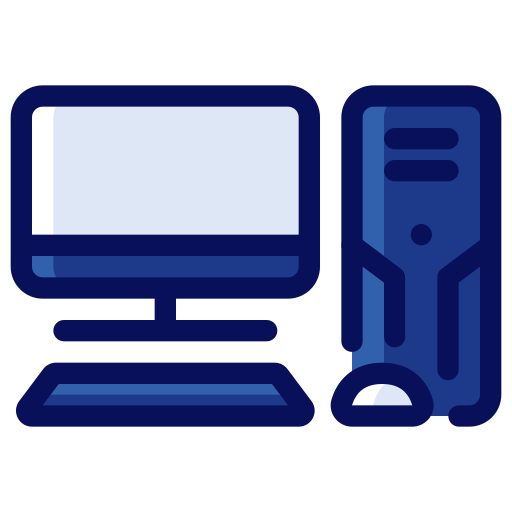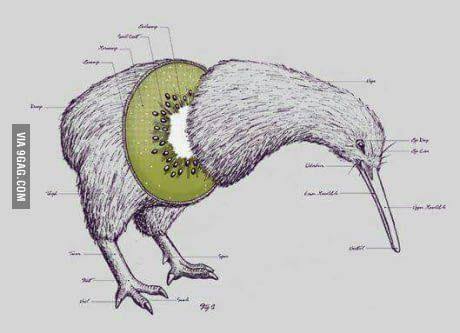Had a similar experience in what I think must have been my second year of primary school.
I was asked to go through a math problem that was written out, something like “4 + 7 = ?”.
I said “Four plus seven equals eleven”.
The teacher said that was wrong and said “Four add seven is eleven”.
I’m like, what is the difference? She says, we aren’t onto “plus” and “equals” yet
Six year old me spent an unreasonable amount of time trying to figure out how their was some difference between plus and add. She just could have said “they are the same, but please use these words to describe them in our lessons”.












My friends and I had something along those lines around the early 2000s built with Linux firewalls and freeswan IPSEC tunnels. I sure do miss the old vibe and chaos of the early internet.
Bit by bit the tunneled WAN thing sort of became irrelevant as we built more stuff as internet facing services, to the extent that the fun parts were more likely to be installed in a datacenter somewhere than sitting on the LAN at our houses.